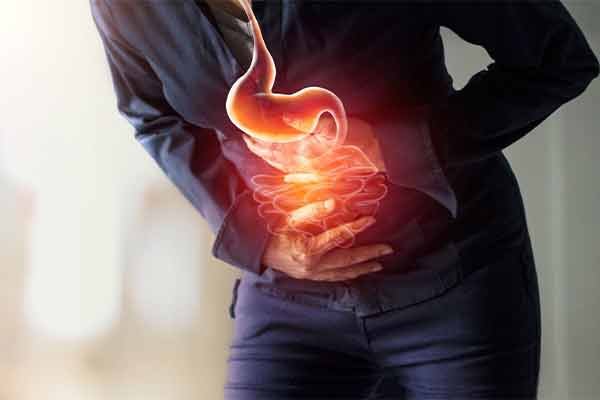Gastric
The gastric system, also known as the gastrointestinal system or digestive system, is a complex network of organs responsible for the processing and absorption of food. It plays a crucial role in breaking down food into nutrients that can be utilized by the body for energy, growth, and repair. In this article, we will explore the components and functions of the gastric system, highlighting its importance in maintaining overall health.
The gastric system is a complex and vital part of our overall health. Its proper functioning is essential for effective digestion, absorption of nutrients, and elimination of waste.

Structure of the Gastric System:
The gastric system consists of several interconnected organs that work together to facilitate the digestion and absorption of food:
- Mouth: The process of digestion begins in the mouth, where food is mechanically broken down by chewing and mixed with saliva.
- Esophagus: The esophagus is a muscular tube that transports food from the mouth to the stomach through a series of coordinated muscle contractions known as peristalsis.
- Stomach: The stomach is a hollow, muscular organ that receives food from the esophagus. It secretes gastric juices, including hydrochloric acid and enzymes, which help break down food into smaller particles.
- Small intestine: The small intestine is a long, coiled tube where most of the digestion and absorption of nutrients takes place. It is divided into three sections: the duodenum, jejunum, and ileum.
- Liver: The liver produces bile, a substance that aids in the digestion and absorption of fats. It also detoxifies harmful substances and stores essential nutrients.
- Gallbladder: The gallbladder stores and concentrates bile produced by the liver, releasing it into the small intestine as needed.
- Pancreas: The pancreas produces digestive enzymes that are released into the small intestine to further break down carbohydrates, proteins, and fats.
- Large intestine (colon): The large intestine absorbs water, electrolytes, and some vitamins from undigested food, forming feces for elimination.
Functions of the Gastric System:
The gastric system performs several essential functions in the process of digestion and nutrient absorption:
- Ingestion: The intake of food through the mouth, where it is broken down mechanically and mixed with saliva.
- Secretion: The production and release of digestive enzymes, hormones, acids, and bile into the digestive tract to aid in digestion and absorption.
- Digestion: The mechanical and chemical breakdown of food into smaller molecules. Mechanical digestion occurs through chewing in the mouth and mixing of food in the stomach. Chemical digestion involves the action of enzymes to break down proteins, carbohydrates, and fats into simpler forms.
- Absorption: The uptake of digested nutrients, water, and electrolytes from the small intestine into the bloodstream for distribution to cells throughout the body.
- Motility: The movement of food through the digestive tract facilitated by peristalsis, a wave-like contraction of smooth muscles.
- Elimination: The removal of waste products, indigestible materials, and excess water as feces through the rectum and anus.
